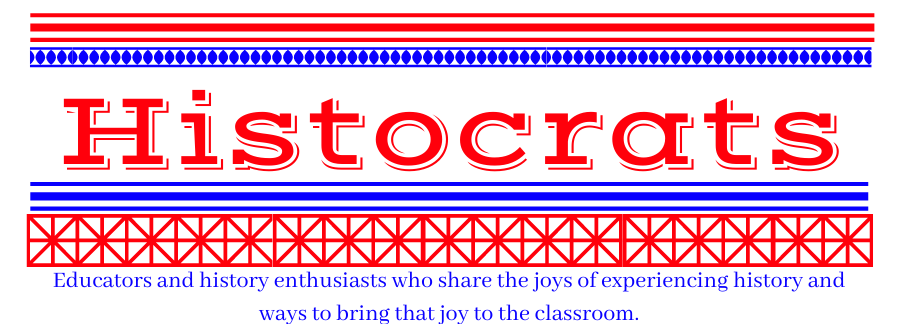A short distance south of Jacksonville, on the Fort George River, lies the Kingsley Plantation, part of the Timucuan Ecological and Historic Preserve, managed by the U.S. National Park Service. The plantation house, built in1798, is recognized as the oldest plantation house still standing in Florida. It was built by John McQueen who lost it, through bankruptcy, to Georgian John McIntosh. McIntosh took part in an American insurgency designed to prod the US into annexing Florida from Spain. When that premature insurgency failed, McIntosh fled back to Georgia to avoid punishment by the Spanish. That's when slave ship captain and planter Zephaniah Kingsley and his wife Anna took over the property as one of several plantations. (Website https://www.nps.gov/timu/learn/historyculture/kp_visiting.htm )
Anna Kingsley was an African princess, kidnapped as a young girl and sold into slavery to Kingsley. Kingsley freed her, married her, and made her his primary wife (There were three other co-wives and families.). The marriage of white plantation owners to African women was not that uncommon in Spanish Florida, where slavery was practiced differently than the United States, where such marriages were almost unheard of and looked down on. The Kingsleys, Zephaniah, Anna, and other relations, lived on the plantation off and on for 25 years, with about 60-70 enslaved persons, finally selling it in 1852.
The site is well worth a visit, and the setting itself is beautiful. After a couple of miles drive through Florida brush and forest, one arrives at the house located on the river. The house itself is temporarily closed for renovations and restoration, so we were unable to see inside, but the barn, kitchen house, and the rest of the grounds were open for exploration.
The most thought provoking and interesting part of the grounds was the curved row of slave houses. There are ruins of 23 of the original 32 houses still standing, and there are a couple of reproductions as well. These houses are unique for a number of reasons. First, the curved layout has led to questions over the years. On most plantations, slave cabins are laid out in a more linear or square fashion. At the Kingsley plantation, they are in the shape of a curve opening outward to the main house. Some have theorized that it was a defensive position against Creek and Seminole attacks. Others point out that it's a formation that Anna and the enslaved Africans would have been familiar with. Remember, she grew up as an African princess. She was totally used to having servants and slaves, just as she was accustomed to polygamy. In many African cultures, the family home is built in a circle or semicircular shape, with the master's main house as the center, surrounded by the homes of his wives, families, and retainers.
A second unique characteristic of the slave houses, and other structures on the plantation, is that the walls are composed of tabby. Tabby is a building material composed of seashells, rock, and lime that make a concrete-like substance. It was a common building material on the Florida, Georgia, and South Carolina coasts, where oyster shells, often taken from Native American mounds and garbage dumps, or middens, were plentiful.
A third unique thing about the Kingsley plantation is how the Kingsleys treated their slaves which was quite different from other planters. Zephaniah never gave his slaves anglicized names; they were encouraged to keep and use African names. Also, he never allowed attempts to Christianize them. The Kingsley Plantation slaves continued to practice animism, and archaeologists have uncovered evidence of their rites in and around the slave houses, blue beads hidden inside door frames and walls and the bones of sacrificed chickens at doorways, for instance.
Altogether, the Kingsley Plantation is a one-of-a-kind historic site.













